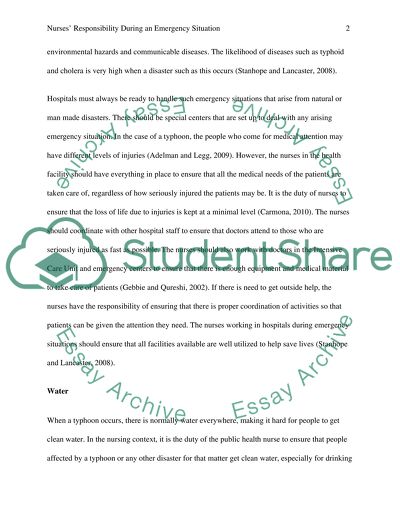Cite this document
(“Nurses' Responsibility During an Emergency Situation Essay”, n.d.)
Retrieved de https://studentshare.org/nursing/1391810-nursing-assigment
Retrieved de https://studentshare.org/nursing/1391810-nursing-assigment
(Nurses' Responsibility During an Emergency Situation Essay)
https://studentshare.org/nursing/1391810-nursing-assigment.
https://studentshare.org/nursing/1391810-nursing-assigment.
“Nurses' Responsibility During an Emergency Situation Essay”, n.d. https://studentshare.org/nursing/1391810-nursing-assigment.


